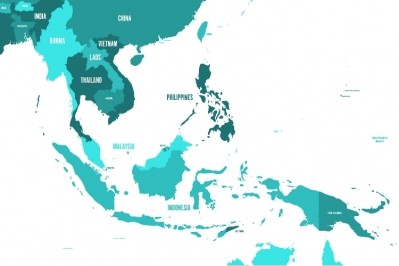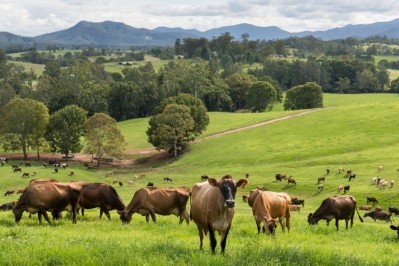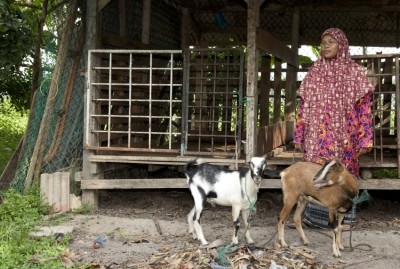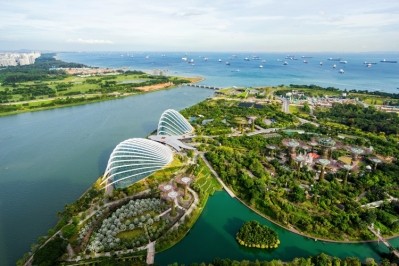Not enough joined-up thinking has gone into the island’s dairy plan, says Singaporean entrepreneur
Sri Lanka is full of potential, despite the government’s efforts to promote dairy
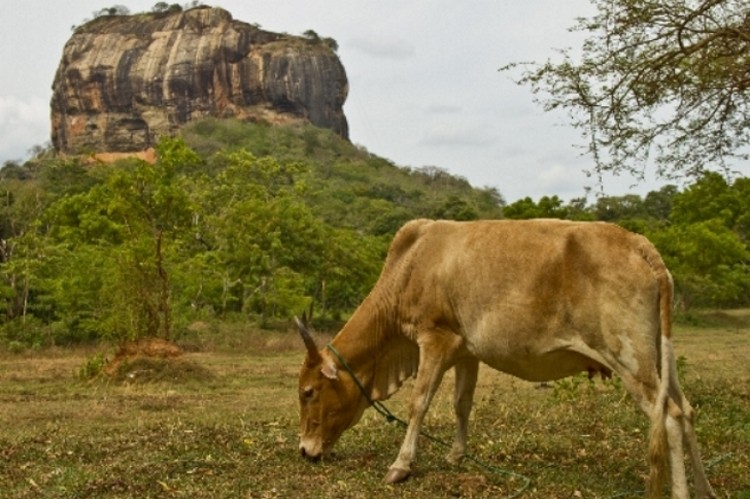
Jeremy Tan has joined his father on the tear-shaped island off India’s southeast cost to bring some international insight to what remains a traditional dairy scene, in spite of the government’s recent incentives to turn it around.
Both Tan and his father have a background in the food industry. Though their venture is in the process of getting established, together they have formed a thorough assessment based on Sri Lanka’s dairy history, its potential and the factors that have been holding it back for so long.
On the record, he is cagey about the nature of his business, which he says is at an early stage of its development. But after divulging details of his credentials, and what the father-and-son operation hopes to achieve in time, DairyReporter can vouch for his expertise and wherewithal.
“Three years ago, the government announced its intention to develop the dairy industry. It was one of the president’s key initiatives,” he says. “But it really hasn’t been thought out.”
“When you compare Sri Lanka with Western countries, they’ve had a 100-year head-start. It’s a matter of leapfrogging from this position and using modern technology and knowhow. But the infrastructure doesn’t support it. That quick jump is quite a challenge.”
The government has been importing cross-breeds and offering low-interest-rate loans to new dairy farmers in a bid to develop an entrepreneurial base that will grow the industry in Sri Lanka. Yet Tan argues that not enough elements are in place yet to leverage it properly.
The wider dairy chain hasn’t been considered fully enough to make this a sustainable industry for new entrants, he says. This starts with forage, of which tropical Sri Lanka is lacking.
“They haven’t looked at the whole dairy chain,” he said. “The problem here is that there isn’t enough forage in this country. On top of that, planners don’t understand what forage means in terms of dairy production, and the nutritional aspect of raising cattle.”
Different infrastructure
One might think it easy for Sri Lankan dairymen to look across the Palk Strait to India, and pick up lessons from the world’s biggest dairy producer, but Tan suggests the island’s situation differs too much from its vast neighbor to benefit from this.
He says India has changed too much over the last 20 years to offer any practical lessons to Sri Lanka today. It also grows all its forage, which the island cannot hope to do right now. In the end, everything comes down to infrastructure.
“In Sri Lanka, it’s always been small stakeholders—these could be anywhere between two cows to 10 cows per household. They use these for self-sustainance, and sell off any excess. That’s great when you’re talking about subsisting as a family, but when you view it as a business, it’s different,” he said.
Put simply, it’s impossible to make money with a dozen or so cows. Greater infrastructure is needed for bigger farms, and "you can’t let cows wander around to find their own food,” he added.
The government’s efforts are not all negative, however. Its dairy strategy is being successful in encouraging entrepreneurs into the industry—Tan included. This has been working in drips and drops so far, with a number of investors arriving from other industries as diverse and showbiz and the rag trade.
“In terms of encouraging entrepreneurship, that’s definitely happening,” he said. “But in terms of growing the industry and getting the knowledge out there from government level, it’s slowly working, but they aren’t quite there yet.”
Most importantly for dairy’s development, there is genuine consumer demand for milk in Sri Lanka, even though the majority of people there have spent most of their lives consuming powdered milk.
Just a decade ago, that was all that was available in the dying days of a 30-year civil war that held back dairy investment substantially. For generations previously, Sri Lankans had been familiar with deliveries of British-style milk bottles until the conflict began. Memories of this remain strong on the island, even among people who never experienced the milkman.
“It’s different now. Consumer tastes have changed so they want more value-added products. They’ve created the demand, but not the supply,” said Tan.
With a population of 22m, almost half of which are under the age of 30, and a decent rate of economic growth, the demographics are eminently attractive for entrepreneurs to see a bright long-term future for dairy. Tan estimates it will take another three to five years at least to get on the right tract to growth.
“The economic situation for the majority of the population has not developed over the last few decades,” he said. “If you don’t have disposable income, you can’t buy fridges and that’s what you need to keep fresh milk—that’s why they have been depending on powdered milk for so long.
“But after the civil war, the economy has been growing. Villages are producing more dairy products—but not enough as they should. This is picking up again now, and I’d say, as an entrepreneur, that this is a fantastic market to get into now.”
